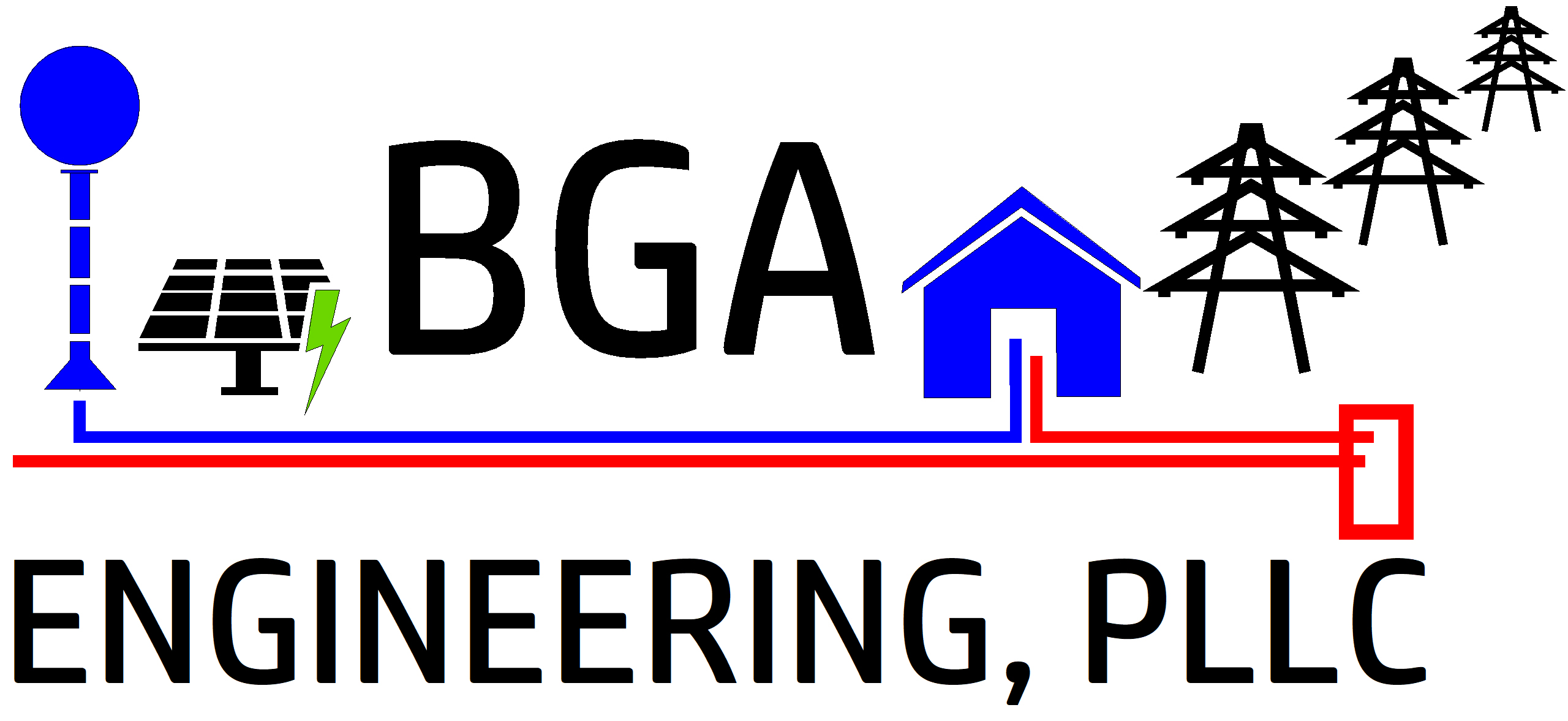Emerging Trends in Long Linear Infrastructure Construction
Explore the latest advancements in civil engineering that are shaping the future of infrastructure. From sustainable materials to cutting-edge Industry Insights: Navigating the Future of Long Linear Infrastructure Construction
Infrastructure forms the backbone of modern society, yet much of the critical linear infrastructure—such as water pipelines, sewer systems, and electrical transmission lines—faces challenges from aging assets, climate shifts, and evolving community needs. As we look forward, it’s essential to understand current trends and future directions shaping long linear infrastructure construction.
Aging Infrastructure and Rehabilitation
Across the United States, significant portions of water mains, sewer lines, and electrical transmission infrastructure are nearing or have exceeded their intended lifespans, with some infrastructure more than 50-100 years old. The Environmental Protection Agency (EPA) estimates that over $625 billion will be required over the next two decades just to maintain and upgrade drinking water systems. This massive rehabilitation effort will drive extensive linear infrastructure construction, highlighting the need for specialized construction management expertise.
Increased Federal Funding and Investment
With landmark legislation like the Infrastructure Investment and Jobs Act (IIJA), there is unprecedented federal investment in linear infrastructure projects. Tens of billions of dollars are dedicated specifically to upgrading water and wastewater systems, as well as expanding electrical transmission capabilities. Such investments not only signal growth in the construction sector but also raise expectations for efficiency, accountability, and transparency.
Focus on Sustainability and Resilience
Linear infrastructure projects increasingly emphasize resilience and sustainability, especially in response to climate change and environmental considerations. Projects now frequently include undergrounding utilities, implementing trenchless rehabilitation methods, and incorporating environmentally friendly materials. Construction management firms are tasked with ensuring that projects meet stringent environmental and regulatory standards while maintaining cost-effectiveness.
Adoption of Advanced Technologies
The industry is embracing innovation at an accelerating pace. From drone inspections to Geographic Information System (GIS) mapping, artificial intelligence (AI)-driven project management tools to smart sensors for asset monitoring—technological integration is enhancing productivity and risk management. These advanced tools offer real-time insights, reduce project timelines, and improve cost predictability, essential for complex linear projects spanning extensive geographic areas.
Workforce Challenges and the Skills Gap
Despite growing demand, the linear construction sector faces significant workforce challenges, including a skilled labor shortage and rising labor costs. This scenario demands strategic responses such as increased training, mentorship programs, and industry collaboration to cultivate a capable workforce equipped to handle future infrastructure demands.
Strategic Advisory and Effective Communication
Construction management in the linear infrastructure sector is increasingly seen not merely as an oversight function but as a strategic advisory role. Effective construction advisors must proactively manage risks, enhance communication among diverse stakeholders, and serve as trusted partners who can deliver projects successfully—on time and within budget.
Conclusion
Navigating the future of linear infrastructure construction demands agility, foresight, and specialized expertise. The industry’s future is characterized by increased funding, a stronger focus on sustainability and resilience, technological advancement, and a strategic approach to workforce development and stakeholder communication. Staying ahead of these trends is crucial for construction management firms and infrastructure advisors who aim to lead and thrive in this dynamic environment.
